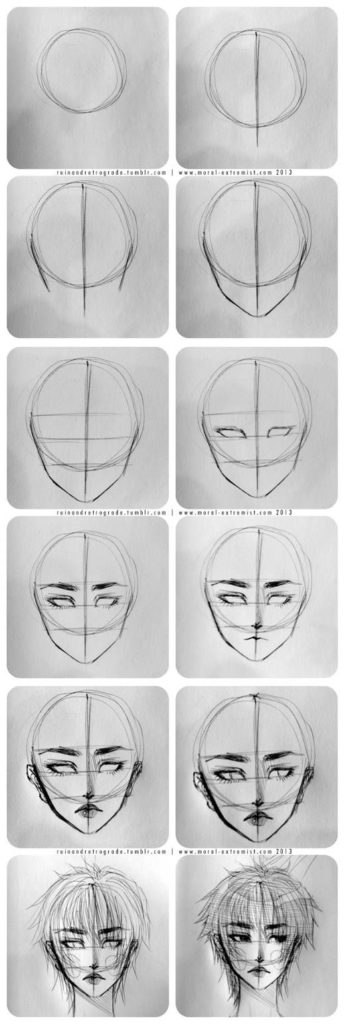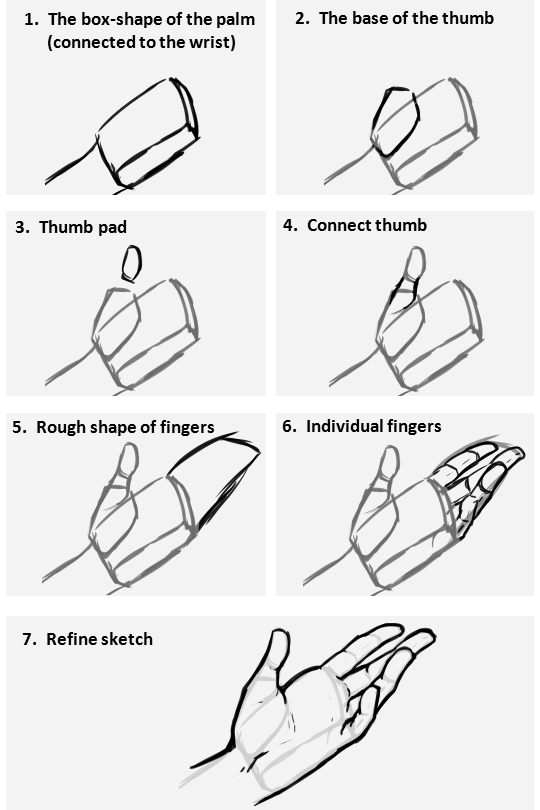Introduction
In this post, I gathered 5 Painting Do’s and Don’ts (works for drawing as well) that I found to be helpful based on my own experience. If you have ever created any form or piece of art, you know that little details make the world of a difference in the outcome.
I have chosen to divide these 5 painting Do’s and Don’ts into 5 painting Do’s and 5 painting Don’ts so you get as many tips as possible <3.
Let’s start with the painting DO’s.
Painting DO’s
The following tips will help you improve both the process and the outcome of your painting. They will make your life so much easier, and help you get the most out of your skills and ideas.
1- Picking the right supplies for you
You have to start somewhere! If you’re a beginner, you probably think all paint, brushes, surfaces are the same. I recommend you do a bit of research before you choose the supplies you wanna work with. You would also want to know a little bit more about brands and suppliers before going out and buying them.
Check out this blog post I made on the different types of art paint.
If you already know your mediums and you feel comfortable working with them, the next tip is for you.
2- Start with sketching and conceptualizing your idea
I know that with some art styles, sketching isn’t necessary. Conceptualizing your painting on the other hand is always a correct idea. It doesn’t matter if you’re working with clients or creating for your own pleasure, it’s good to have the idea pre-defined, and the palette chosen. It will make the process of painting less stressful and more mindful. You want your focus to be on the act of painting itself and the aesthetic experience instead of having to worry mid-way about what to do and what not to do.
You can conceptualize your idea by using a mood board or by sketching it in your sketchbook.
This is an ideal sketchbook, I got it on Amazon and I always use it to sketch my ideas, it’s great for watercolor, acrylics, and any water-based paint or markers.


3- Begin creating large shapes then move to small details
This is very important! In the 7 Elements of Art, I have explained how everything in nature is merely a shape. For instance, to be able to recreate nature or what we perceive, we need to cut what we see into shapes, either geometric or organic ones.
While drawing or painting, always move from overall general shapes to details.


4- Define your light source
Where’s the light coming from? Is it a sharp or soft light? day or night? Answering these questions will help you spot the lighter and the darker areas of your painting, which brings us to the fun part of adding color to our painting.

The light in this painting is very sharp since the artist is picturing a golden hour moment. the closer the subject to the light source, the lighter it is. The further it is, the darker it gets.
5- Progress from mid-tones to darker colors to highlights
While painting, always add your mid-tones first, darken the areas that need more definition, and then add your highlights.
This prevents your colors from looking muddy and helps you build the intensity of shadow and light you’re aiming for.
The following images show you a good progress to follow as you’re painting.
Now, let’s move on to the Painting DON’Ts.
Painting DON’Ts
In one way or another, we’re all guilty of doing these Don’ts although we know they’re not the best practices that would serve us while painting. Here’s your reminder again to STOP doing them.
1- Not setting Up Your Painting Space
Before you start painting, you have to plan it. It’s the only way you can specify the supplies you need and make sure you have them on hand. Less stress and less time wasted.
Depending on your painting preference, you can choose a calm place or go for a noisy area if you prefer to have a bit of background noise.
You don’t want to paint where there’s crazy wind. It’ll cause your papers to fly around and your paint to dry quickly which won’t give you enough blending time.
2- Rushing the painting process
Is that you? Because it’s so me!
Focusing on finishing the artwork instead of enjoying the process is an art killer. Rushing the painting process will make color mixing and attention to detail go wrong. You are not limited with time, even if you really are on a tight schedule or you have a deadline. Remember, you can always take a break, and come back to work on that painting. What you can’t surely do is paint a 2 days artwork in 8 hours.
3- Using the wrong brush for the wrong job
Here’s more of a technical tip: big, small, soft, rough, flat, and round brushes all exist for a reason. Adding details with a big brush is going to mess up the painting. Painting the whole background with a tiny brush is not very clever. Look it up, what does every brush do properly? Learn about that once and for all. Create labels for your brushes and get organized.
4- Being afraid to make a mistake
Too much worry will make your mind wander, and instead of focusing on creating and having fun, you’ll be attracting mistakes and killing your creativity. In fact, you have to make a mistake in order to learn or discover a new technique. It’s easier to fix a mistake once it happens than to dwell in doubts and negative thoughts way before.
The stress we make ourselves go through as creators is just so overwhelming and unrealistic.
5- Not knowing when or where to stop
Let me share a personal fact: I’m so guilty of this, and I’m still in the process of figuring this step out.
But I know how confusing it is and how it could go super wrong if you don’t know when or where to stop.
Calling a painting done when there’s so much visible work to do, adding too many details, and redoing a good color just to make it perfect is a BIG DON’T.
Trying so hard to turn a handmade creation into a machine-made is a whole creativity killer.
Look at your artwork, if it serves the purpose, if the colors are harmonious, if the idea is there, it’s time to move on! A new beginning, new mistakes, and new lessons. Stop overdoing the same artwork and looking for perfection.
Conclusion
If I can summarize this for you, I would say :
- Organizing your space will help you organize your ideas.
- Focusing on the process rather than the outcome is the right thing to do.
- Supplies are here to help you, make the most out of them.
- Cutting down the painting and progressing in drawing and coloring is recommended.
- Finishing when it’s the right time is a skill to practice.
The artistic experience is beyond techniques, rules, Do’s, and Don’ts. Knowledge though will help you rise above your inner critic and gain more trust in your artistic ability.
Question: Which of these painting Do’s and Don’ts resonates with your way of creating Art?
Let me know about it in the comments.




Something I definitely need to do is do a little sketch and choose my palette! Thank you for the words of advice 💙
Thank you for those clear and helpful tips! The one about doing mid tones first is especially helpful. Your work is lovely 🙂
Thank you so much for sharing these valuable tips! I am a newbie, haven’t attempted to paint yet although I’ve been stockpiling supplies to begin. I’ve been too intimidated to attempt my first piece. Your tips have given me MUCH needed information I’ve been lacking. You answered almost all of my questions and quelled many of my fears. Thank you! I look forward to seeing more of your posts.